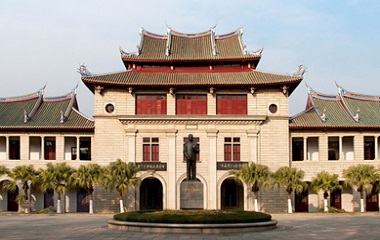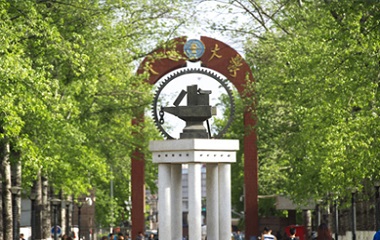
Zenlei village, nestled in Sandu Shui autonomous county, Guizhou province in Southwest China, is known for its rich folk customs, attracting visitors from other parts of China and overseas.
For Perez Gerardine Pastrana, a student who participated in the experiencing Guizhou event organized by the Chinese Service Center for Scholarly Exchange, Zenlei village left a lasting impression. It was her first encounter with a village whose residents are non-Han ethnic groups.
"I have been to rural areas before, but this was a unique experience, as it was the first time I visited a village with diverse ethnic minorities," said Pastrana.

At a workshop in the Gaotong Elementary School, they had the opportunity to study the art of Miao batik and engage in sports with the local students. This experience provided them with a profound understanding of rural life in China.
Batik, also known as resist-print dyeing, has a history of more than 2,000 years. This ancient art form involves applying designs on fabric using a method that prevents the dye from permeating certain areas. Recognizing the significance of Miao batik, Gaotong Elementary School has established a special class to teach this technique to its students.

The school not only focuses on promoting batik art but also provides Lusheng courses for rural children in their after-school activities. Lusheng is a traditional reed-pipe wind instrument common to the Miao ethnic group. To warmly welcome the visiting group, the pupils gave a traditional Lusheng dance performance.


"This trip has been truly memorable, with captivating visits to beautiful villages, including the enchanting Miao batik and Lusheng performances. The opportunity to learn about Chinese culture in the countryside, which carries immense significance, has been an enriching experience," said Shin Moonsub from South Korea.
Gao Wenjun contributes to this story.










